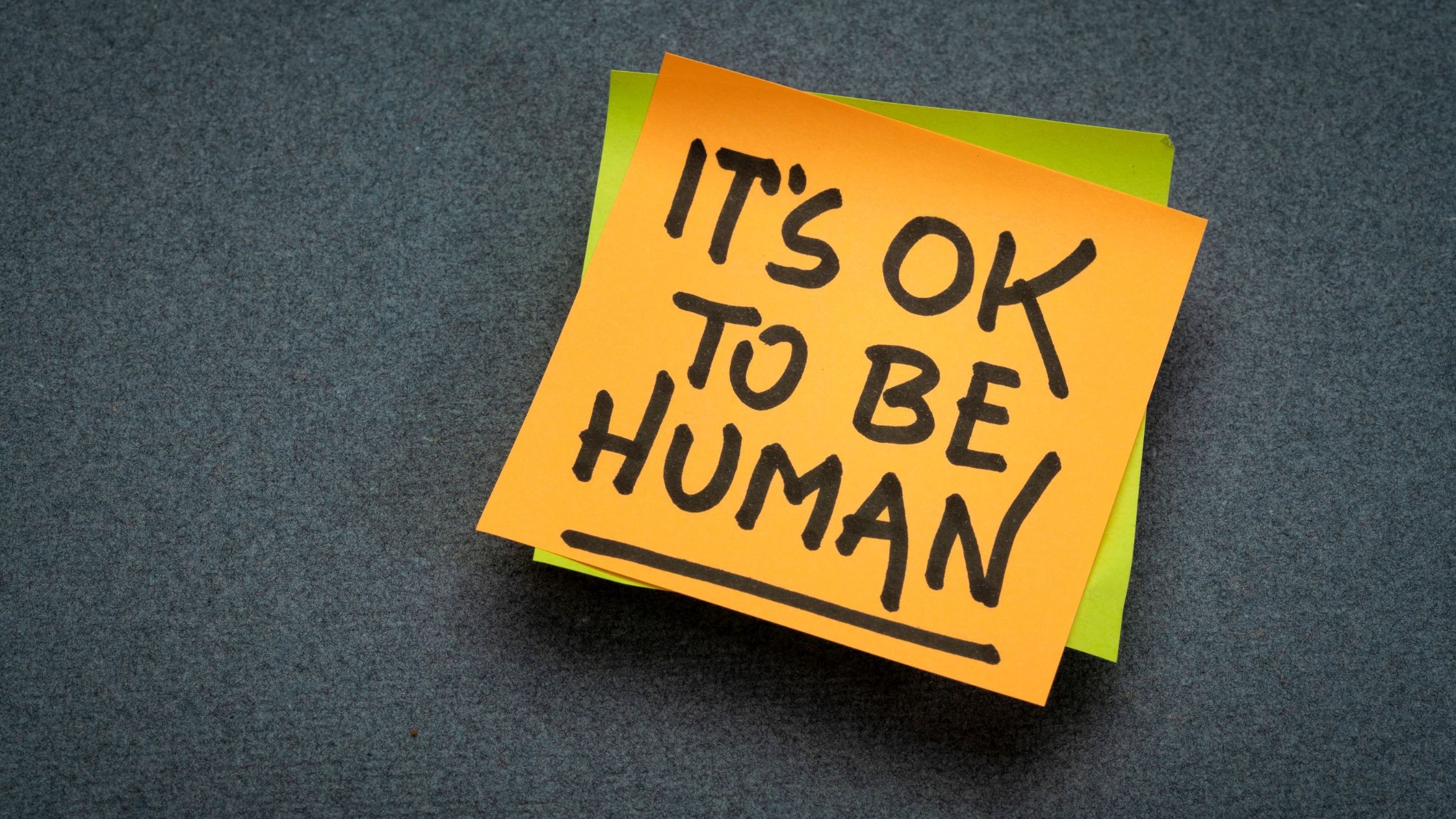In a business culture that often equates speed with success, the idea of pressing pause can feel counterintuitive. Companies are conditioned to chase growth, respond instantly, and keep momentum at all costs. But constant motion isn’t always progress. Sometimes, the most strategic move is to stop, reflect, and recalibrate. A pause button isn’t about slowing down for the sake of it—it’s about creating space for clarity, intention, and better decision-making. When used wisely, it becomes a tool for resilience, innovation, and long-term sustainability.
The pace of modern business can be relentless. Teams juggle deadlines, meetings, and metrics in a cycle that rarely allows for deep thinking. Leaders are expected to make rapid decisions, often without the benefit of full context. In this environment, pausing is not a luxury—it’s a necessity. It allows organizations to step back from the noise and ask meaningful questions. Are we solving the right problems? Are our efforts aligned with our values and goals? Are we listening to our customers, our employees, and the market? Without moments of reflection, businesses risk becoming reactive rather than strategic, busy rather than effective.
A pause also creates room for creativity. Innovation doesn’t thrive under constant pressure—it needs breathing space. When teams are given time to think, explore, and experiment without the immediate demand for output, new ideas emerge. Consider how some of the most successful companies build in time for reflection and exploration. Whether it’s a design sprint, a quarterly offsite, or even a simple no-meeting afternoon, these pauses are not wasted time—they’re investments in future breakthroughs. They allow people to connect dots, challenge assumptions, and imagine possibilities that don’t surface in the rush of daily operations.
Operationally, a pause can be a safeguard against burnout. Employees are not machines, and treating them as such leads to disengagement, turnover, and diminished performance. By building in moments of rest and reflection, businesses signal that well-being matters. This doesn’t mean sacrificing productivity—it means redefining it. A team that feels supported and energized will outperform one that’s exhausted and overwhelmed. Leaders who model the pause—who take time to think, to listen, and to recharge—set a tone that encourages balance and sustainability across the organization.
Strategically, pausing can prevent costly missteps. In the rush to launch a product, enter a market, or respond to a competitor, businesses sometimes overlook critical details. A pause allows for due diligence, stakeholder input, and scenario planning. It’s a chance to test assumptions, validate ideas, and ensure alignment. This doesn’t mean slowing down indefinitely—it means being deliberate. A well-timed pause can save months of course correction later. It can turn a good idea into a great one, simply by allowing time for refinement and feedback.
The pause button is also essential during periods of change. Whether navigating a merger, a leadership transition, or a shift in strategy, organizations benefit from moments of stillness. These pauses allow for communication, reflection, and recalibration. They help teams process what’s happening, understand the implications, and prepare for what’s next. Without them, change can feel chaotic and disorienting. With them, it becomes purposeful and grounded. The pause becomes a bridge between what was and what will be, helping people move forward with confidence and clarity.
Even in customer experience, pausing has value. Businesses often focus on speed—fast delivery, instant support, rapid responses. But sometimes, what customers need is thoughtful engagement. A pause in a conversation can signal that someone is truly listening. A delay in a decision can reflect a commitment to quality. These moments of intentional stillness build trust. They show that the business is not just efficient, but empathetic. In a world of automation and immediacy, the human touch often lies in the pause.
Technology can support this shift. Tools that automate routine tasks, streamline communication, and surface insights allow teams to spend less time reacting and more time reflecting. But technology alone isn’t enough. The pause must be cultural. It must be embedded in how decisions are made, how meetings are run, how goals are set. It requires leaders to value depth over speed, and teams to embrace reflection as part of their rhythm. It’s not about doing less—it’s about doing better.
Ultimately, a business that knows when to pause is a business that knows how to listen, learn, and lead. It’s a business that values intention over impulse, and clarity over chaos. In a world that rewards hustle, the pause is a quiet act of courage. It’s a signal that the organization is not just moving—but thinking, feeling, and evolving. And that kind of business doesn’t just survive change—it shapes it.





